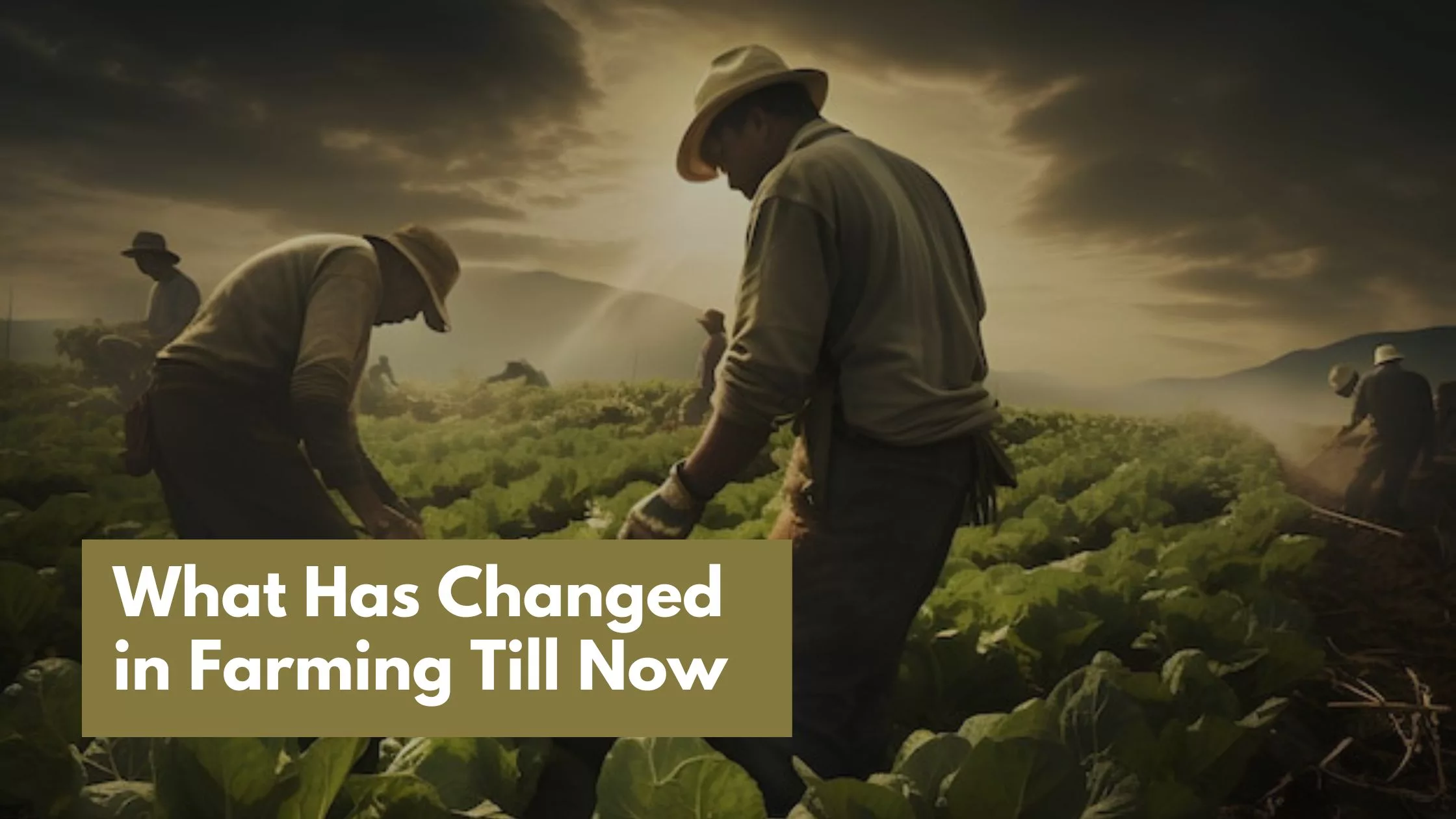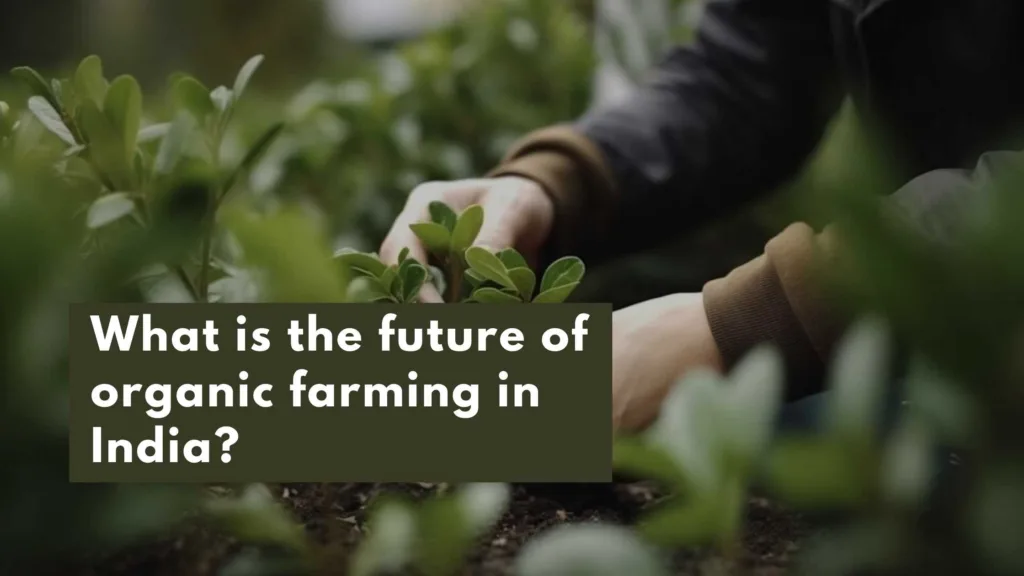Farming at its Initial Stage
At its initial stage, farming began thousands of years ago as a subsistence practice. It emerged when humans transitioned from being hunter-gatherers to settled agricultural communities. The exact timeline varies across different regions, but some of the earliest evidence of farming dates back to around 10,000 to 12,000 years ago.
During this initial stage, farming techniques were rudimentary and focused on cultivating a few staple crops. The most common crops included grains like wheat, barley, rice, and maize (corn), which provided a stable food source for early farmers. Farming initially involved simple methods such as hand planting, hoeing, and harvesting by sickle or scythe.
The early farmers learned through trial and error, observing the natural cycles of plants and experimenting with different planting and harvesting techniques. They relied heavily on natural rainfall for irrigation and had limited control over water supply. As farming communities settled near rivers or other water sources, they could practice more reliable irrigation techniques to improve crop yields.
Animals also played a crucial role in early farming. Farmers domesticated livestock such as cattle, sheep, goats, and pigs for meat, milk, and labor. The use of draft animals helped with plowing fields and transportation.
Farming at this stage was predominantly small-scale, with farmers tending to their plots of land using simple tools. Agricultural knowledge was passed down through generations, often within families or small communities. Farmers relied on the land’s fertility and practiced simple techniques such as crop rotation and fallowing (allowing the land to rest) to maintain soil health.
The initial stage of farming laid the foundation for human civilization by providing a stable food supply and allowing populations to grow. Over time, farming techniques and technologies evolved, leading to more sophisticated agricultural practices that have significantly transformed how we cultivate crops and raise livestock today.
How has farming started?
Farming began due to the Neolithic Revolution, also known as the Agricultural Revolution, which occurred around 10,000 to 12,000 years ago—this period marked a significant shift in human history as people transitioned from a nomadic hunter-gatherer lifestyle to settled agricultural communities.
Factors contributed to the emergence of farming:
Climate change:
At the end of the last Ice Age, the Earth’s climate started to warm up, leading to changes in plant and animal life. As the environment became more favorable, certain wild plant species grew in larger quantities, making them more accessible and attractive for human consumption.
Plant domestication:
Early humans discovered that they could intentionally collect and sow seeds from these wild plants, leading to the cultivation of crops. This process of selecting and propagating desirable traits in plants over generations eventually led to the domestication of crops like wheat, barley, rice, maize, and others.
Sedentary lifestyle:
As agricultural practices developed, people settled in one place to tend to their crops and livestock. This shift from a nomadic to a sedentary lifestyle was crucial for developing farming communities. Relaxing in one location allowed for the construction of permanent shelters, the establishment of social structures, and the accumulation of material possessions.
Surplus food production:
Farming provided a more reliable and abundant food supply than hunting and gathering. With the ability to cultivate crops, early farmers could produce surplus food beyond their immediate needs. This surplus enabled specialization in other activities, such as toolmaking, pottery, and trade, further contributing to the development of complex societies.
Technological advancements:
As farming communities grew, there was an incentive to develop new tools and techniques to increase agricultural productivity. Early farmers invented and refined tools such as hoes, sickles, and plows to prepare the soil, plant seeds, and harvest crops more efficiently. They also developed basic irrigation systems to control water flow and improve crop yields.
These factors, combined with the gradual accumulation of knowledge and experience over generations, led to the establishment of farming as a sustainable and efficient means of food production. The transition to agriculture had profound implications for human society, shaping the development of civilizations, the growth of populations, and the formation of permanent settlements.
How has farming changed over time
Farming has undergone significant changes over time, driven by technological advancements, societal shifts, and the need to meet growing demands for food. Here are some key ways in which farming has evolved:
Technological advancements:
Throughout history, technological innovations have revolutionized farming practices. Farming has become more efficient and productive, from introducing essential tools like hoes and plows to adopting machinery and advanced agricultural technologies. Innovations such as the seed drill, mechanized harvesters, tractors, and irrigation systems have significantly increased crop yields and reduced labor requirements.
Industrialization and mechanization:
The Industrial Revolution in the 18th and 19th centuries brought mechanization to agriculture—steam-powered machines and later internal combustion engines powered farm equipment, replacing manual labor and increasing efficiency. Machines, like combine harvesters, threshers, and milking machines, became familiar, leading to larger-scale farming operations.
Intensive agricultural practices:
The Green Revolution in the mid-20th century introduced high-yielding crop varieties, synthetic fertilizers, and pesticides, aiming to increase global food production. Intensive agricultural practices involved chemical inputs, irrigation, and mechanization. These methods led to significant increases in crop yields but also raised concerns about environmental sustainability, soil degradation, and water usage.
Genetic advancements and biotechnology:
Genetic engineering and biotechnology development have had a profound impact on farming. Genetically modified organisms (GMOs) have been introduced to enhance crop traits such as pest resistance, herbicide tolerance, and nutritional content. Biotechnology has also enabled the production of genetically modified livestock with improved characteristics, such as disease resistance or enhanced growth rates.
Sustainable farming and organic agriculture:
There has been a shift toward sustainable farming practices in response to environmental concerns and consumer demand for more natural and sustainable food. Organic agriculture, for example, focuses on avoiding synthetic inputs, promoting soil health, and emphasizing biodiversity. Practices such as agroforestry, precision agriculture, and conservation agriculture aim to reduce environmental impacts and enhance sustainability.
Precision agriculture and digital technologies:
The integration of digital technologies in farming has led to precision agriculture. Farmers now use GPS, sensors, and drones to gather data on soil conditions, moisture levels, and crop health. This data-driven approach enables optimized resource management, targeted application of inputs, and improved decision-making for farmers.
Urban farming and vertical farming:
As urbanization increases, there has been a rise in urban farming practices. Urban agriculture involves growing crops and raising livestock in urban areas, utilizing vacant lots, rooftops, and vertical farming systems. Vertical farming, in particular, employs controlled environments and vertical stacking of plants to maximize space utilization and optimize resource efficiency.
Sustainable livestock management:
Livestock farming has also seen changes to address environmental concerns and animal welfare. Sustainable livestock management practices focus on improving feed efficiency, reducing greenhouse gas emissions, and implementing humane animal husbandry practices. Alternative protein sources like plant-based and cultured meat are emerging as potential solutions to reduce the environmental impact of conventional livestock farming.
How has technology changed farming
Technology has transformed farming, revolutionizing agricultural practices and increasing productivity, efficiency, and sustainability. Here are some key ways in which technology has changed farming:
Mechanization:
Machinery powered by steam engines and later internal combustion engines replaced manual labor and animal power. Tractors, combine harvesters, threshers, and other farm equipment significantly increased the speed and efficiency of plowing, planting, harvesting, and processing tasks.
Precision agriculture:
Technology has enabled precision agriculture, which uses data, sensors, and GPS technology to optimize resource management and improve decision-making. Farmers can collect and analyze data on soil conditions, moisture levels, nutrient content, and crop health to make precise adjustments in irrigation, fertilization, and pesticide application. This reduces resource wastage, minimizes environmental impact, and improves crop yields.
Genetic engineering and biotechnology:
Genetic advancements have allowed scientists to modify the genetic makeup of crops and livestock. Genetically modified organisms (GMOs) have been developed to enhance traits such as pest resistance, herbicide tolerance, and nutritional content. Biotechnology has also facilitated the production of genetically modified livestock with improved characteristics, such as disease resistance or enhanced growth rates.
Improved seed varieties:
Plant breeding techniques and advancements in genetics have led to the development of improved seed varieties. These varieties have higher yields, better resistance to pests and diseases, and increased tolerance to environmental stressors like drought or heat. This has contributed to higher crop productivity and improved crop resilience.
Irrigation and water management:
Technology has enabled more efficient irrigation systems, reducing water wastage and optimizing water usage. Drip irrigation, precision sprinklers, and soil moisture sensors help deliver water directly to the plant’s root zone, minimizing evaporation and ensuring optimal hydration. Additionally, remote sensing technologies can monitor crop water stress, allowing farmers to apply water precisely where needed.
Farm management software:
Digital platforms and farm management software provide record-keeping, data analysis, and decision support tools. These technologies help farmers track and analyze critical information such as crop yields, weather patterns, market prices, and input usage. Farm management software streamlines administrative tasks, enhances operational efficiency, and facilitates informed decision-making.
Robotics and automation:
Agriculture increasingly uses robotics for various tasks, such as planting, harvesting, weeding, and sorting. Autonomous vehicles and drones with sensors and cameras can perform soil sampling, crop scouting, and aerial imaging functions. These technologies reduce labor requirements, increase accuracy, and enable tasks to be performed more efficiently and precisely.
Smart farming and the Internet of Things (IoT):
The integration of IoT devices and connectivity has enabled smart farming. In real-time, sensors and connected devices monitor soil moisture, temperature, humidity, and other environmental factors. This data can be transmitted to farmers’ devices, allowing them to make informed decisions and remotely control various farm operations. IoT technology also facilitates the automation of irrigation, fertilization, and pest control systems.
Vertical farming and indoor agriculture:
Technology has enabled vertical farming systems and indoor agriculture development, where crops are grown in controlled environments using artificial lighting, hydroponics, and aeroponics. These methods allow for year-round production, efficient resource use, and reduced dependency on traditional farmland.
Technology has transformed farming by enhancing efficiency, improving productivity, reducing environmental impact, and enabling more sustainable and precise farming practices. Farmers will likely adopt more sophisticated solutions, such as artificial intelligence, robotics, and data analytics, as technology advances, further revolutionizing the agricultural sector.
Conclusion
In conclusion, the evolution of farming has been a remarkable journey that has shaped human civilization and provided sustenance for communities throughout history. From its humble beginnings during the Neolithic Revolution to modern-day practices, farming has constantly adapted to meet the growing demands for food production.
Technological advancements have played a crucial role in changing farming practices over time. As we look ahead, the future of farming is likely to be driven by even more advanced technologies. Artificial intelligence, robotics, and the Internet of Things will further enhance agriculture’s automation, efficiency, and data-driven decision-making.
Overall, the history and transformation of farming demonstrate the incredible adaptability of humanity and our ongoing pursuit of innovation to ensure food security, improve livelihoods, and protect the planet.



